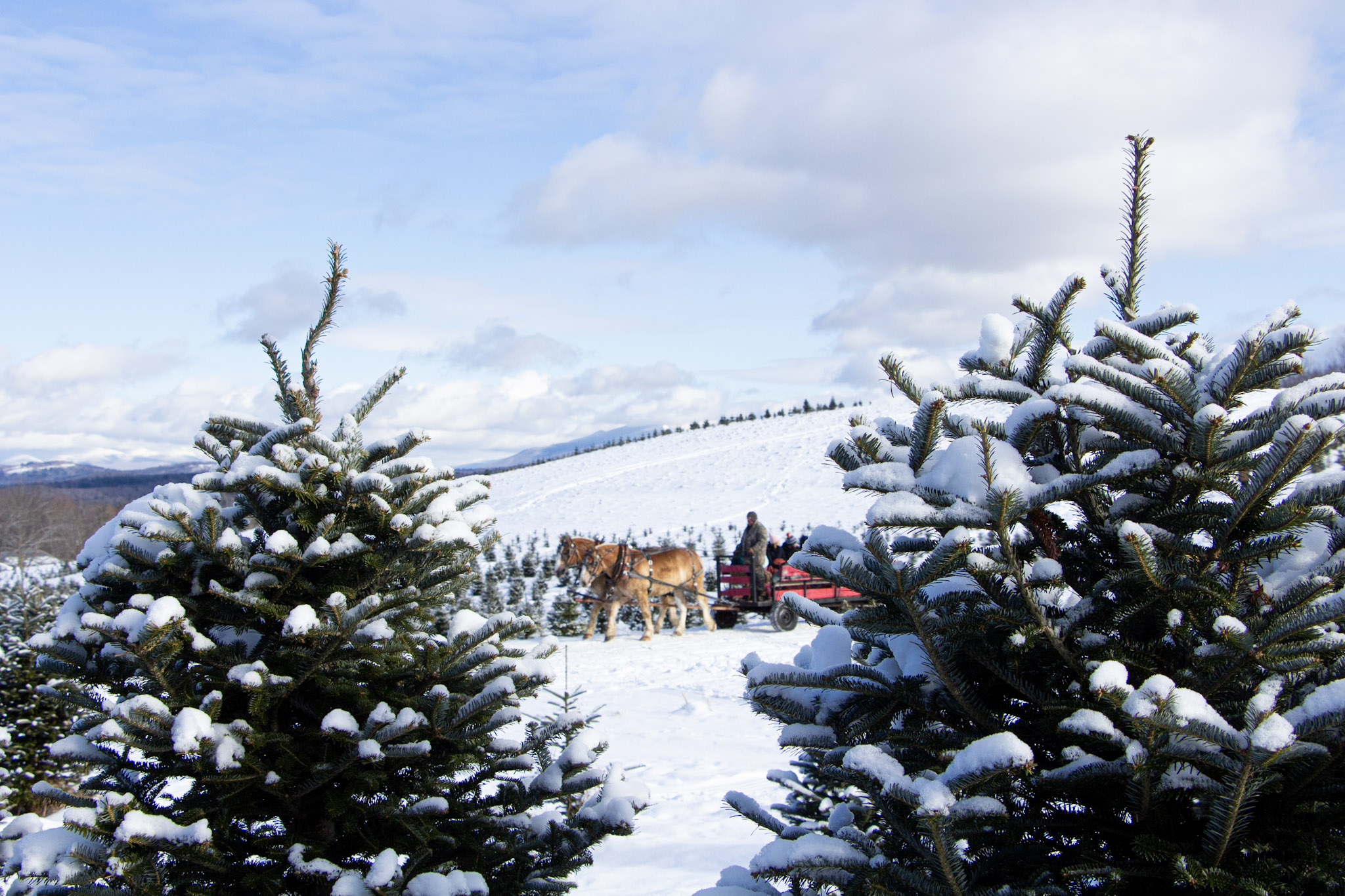- Tags:
- Wildlife,
- Something Wild
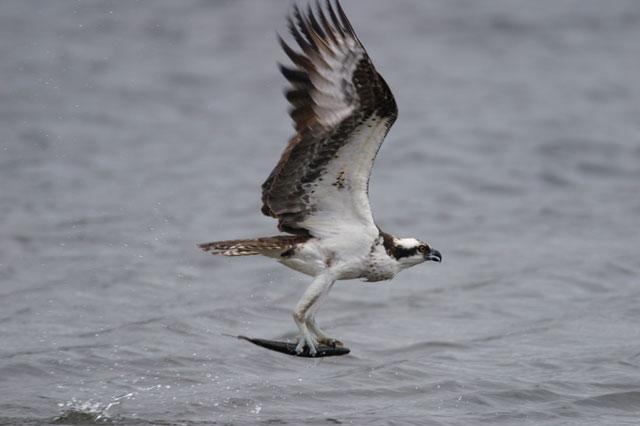
Ospreys typically carry their fish head-first to reduce wind resistance. (Photo: Dirk van der Merwe)
Osprey nests have become a common sight in New Hampshire. The large nests made of sticks can be seen statewide – on top of trees, lamp posts and even cell towers. But that was not the case forty years ago, when N.H.’s osprey population was in peril. With the population thriving, we take a closer look at this bird of prey.
The use of DDT and other toxins contributed to the decline of New Hampshire’s osprey population, according to Chris Martin, a conservation biologist for New Hampshire Audubon and co-host of Something Wild on NHPR. About 40 years ago, he said, there were about a dozen nests in the northern part of the state. But slowly, over time, the population rebounded.
“We got the pairs at Great Bay in the early 1990s,” Martin said. “We got pairs on the Connecticut River around 1993 or 1994, and the Merrimack River was recolonized in 1997 or so.”
Today, Martin estimates that there are now 150 pairs of ospreys, in every major watershed in the state.
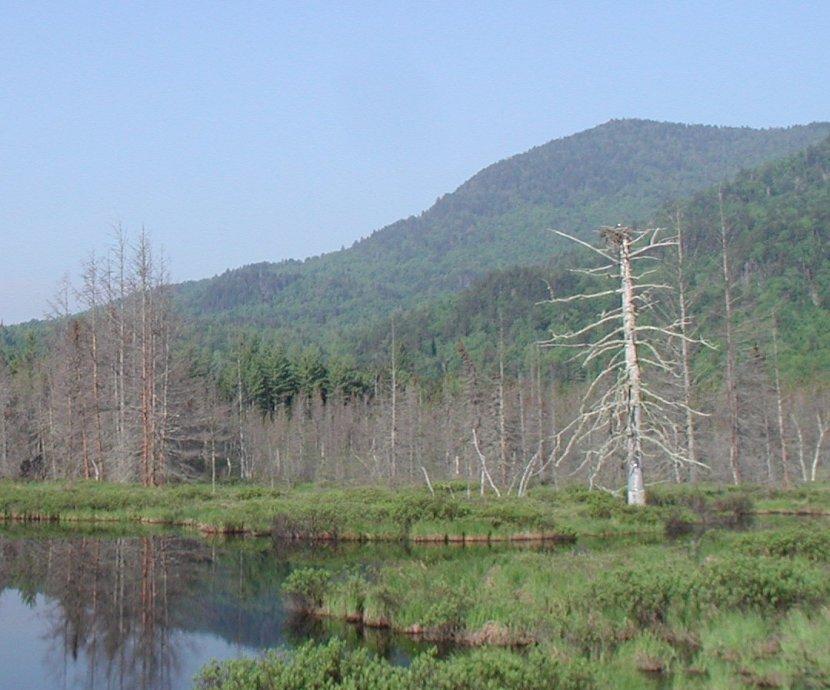
As we celebrate 25 years of Something Wild, who better than Iain MacLeod to discuss the long-term recovery of New Hampshire’s osprey population? He’s the executive director of the Squam Lake Natural Science Center and the state’s foremost osprey researcher. He also happens to be one of the founding hosts of Something Wild!
“One of Iain's claims to fame with ospreys is that he's probably put up more poles and platforms for ospreys to nest in in New Hampshire than anybody else,” Martin says.
Ospreys, MacLeod explains, are raptors — birds of prey. But they’re also unique within that community.
“Interestingly, the osprey is the sole representative of its family,” he said. “There are dozens of different types of eagles, hawks, falcons all over the world. But there's only one type of osprey. They're found in every continent except Antarctica.”
Ospreys make large nests out of sticks and continue to add to the nests year after year. Over time, MacLeod said the locations of those distinctive nests have shifted.
“In the early days it was in beaver ponds on dead trees,” he said. “Now it might be a super-canopy pine in a densely wooded area. Or it might be a single dead snag in a beaver meadow, but it might also be a cell tower.”
In fact, he said, nearly half of the 21 nests he’s monitoring in the Lakes Region this year are on cell towers.
NH Audubon stopped closely monitoring ospreys in the state in 2010, since their population was considered to be secure. New Hampshire Fish and Game also removed them from the state list of threatened species. Still, MacLeod continues to monitor the Lakes Region osprey population, as he has done since 1997.
Martin and his Something Wild co-host, Dave Anderson, were also a part of the ospreys success story.
Martin, in his role as raptor biologist for NH Audubon, has coordinated monitoring and management of the state’s endangered and threatened birds of prey since 1990, including osprey.
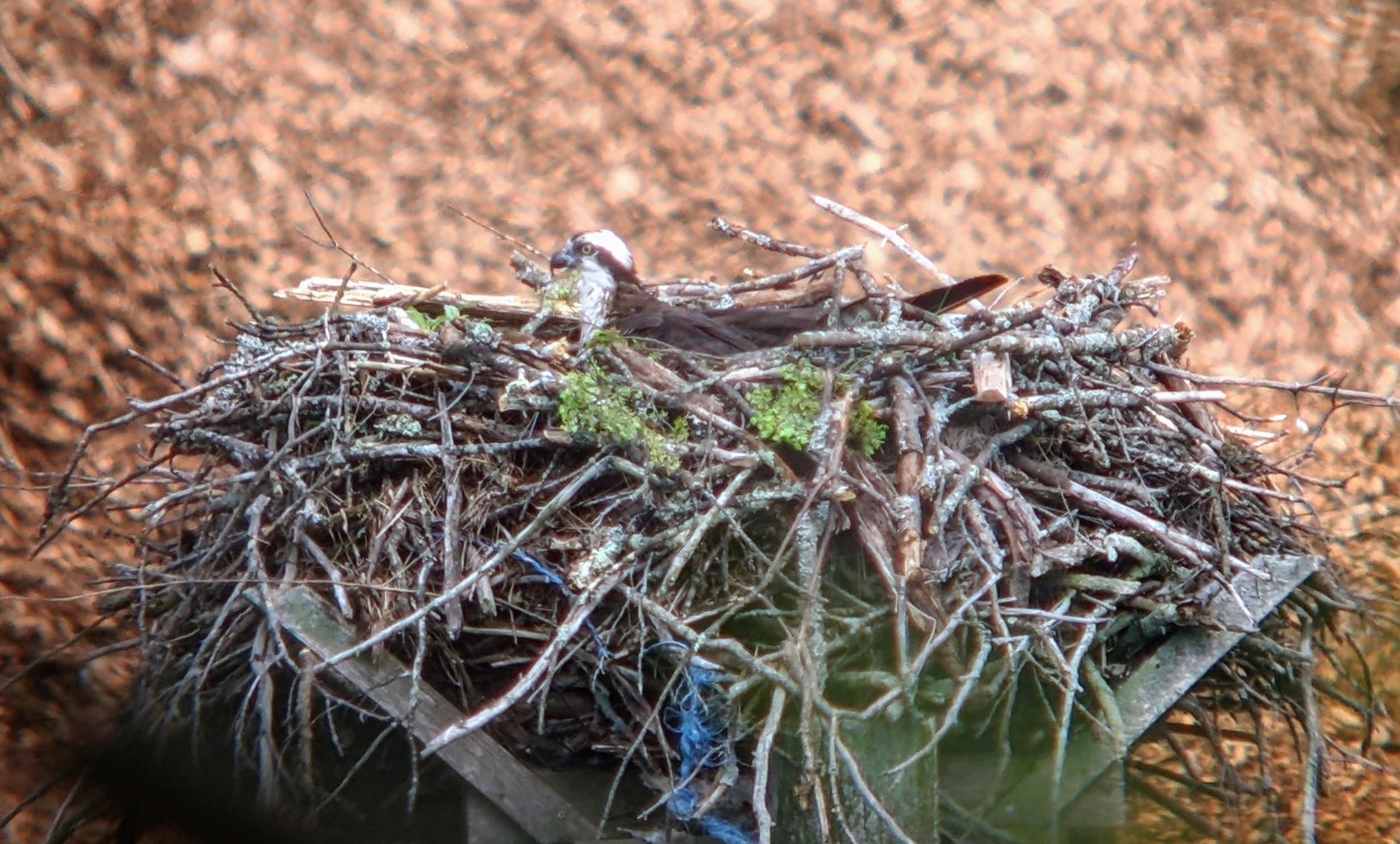
Anderson was monitoring osprey nests for NH Audubon at Umbagog Lake in the early to mid-1980s. That involved close monitoring of osprey nests. And since ospreys like to make their nests at the highest point in the habitat, Anderson was also climbing to those highest points.
Anderson contends that the recovery of ospreys can be ascribed to three things: legislation, land conservation, and active management.
While Martin agrees that human intervention was important in the ospreys’ recovery, he also attributes it to the animals’ ability to continue to raise young and the adaptability that requires. He notes that there is a pair of ospreys nesting on a lamppost in the middle of the Nashua Trader Joe's parking lot.
MacLeod agrees adaptability has been key.
“There's more people, there's more activity. There's activity on lakes,” he said. “And ospreys have just learned to live with people and just adapt in many, many ways.”
He also points out that they are adaptable despite requiring a specialized diet.
“It is the only bird of prey in the world to feed exclusively on live fish,” MacLeod said. “So that very, very specialized diet means that it has to leave New Hampshire — where it freezes up. Until evolution makes them learn how to use an ice auger, they’ve got to leave the state of New Hampshire.”
Martin says he’s still puzzled about one feature of their migration journey.
“The young, when they make their first journey south, they don't turn around the following spring and come back north,” he said. “They stay an entire year in the tropics.”
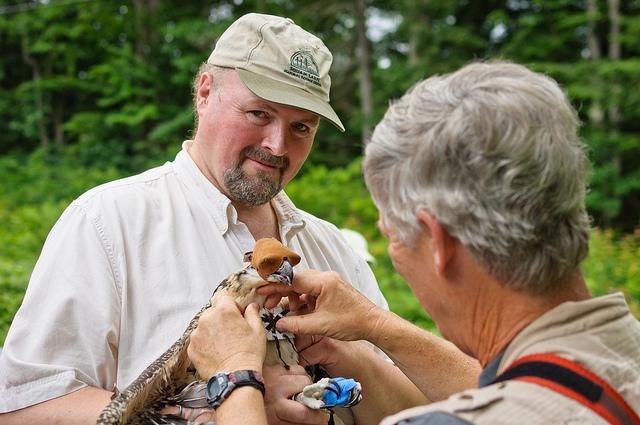
MacLeod calls it a gap year, when the adults ospreys head back north, and the young ospreys spend 18 months or so finding their own winter home. They will return to their southern location every year for the rest of their lives.
“They're very faithful to that same winter home,’ he said. “They have a summer home and they have a winter home and they go back and forth between those two spots.”
Anderson said it’s also worth noting another surprising feature of osprey migration: At the end of the summer, “the adults leave first and the juveniles hang around later in the fall migration.”
“And so they're not following the parental birds down to their wintering ground,” he explained. “They make a journey of thousands of miles, never having left New Hampshire before, and they unerringly follow the same route.”
Female ospreys start migrating in late August, with the peak in the middle of September. Many of the ospreys that we see in New Hampshire are coming from Newfoundland and Nova Scotia.
A good place to see ospreys heading south is at Pack Monadnock, a prime hawk watching spot.
“When you see these large groups of broad-winged hawks, which are also heading to South America, you'll often see an osprey mixed in with them,” MacLeod said. “They're much bigger. They have a very characteristic kink in their wings, kind of a ‘W’ shape or an ‘M’ shape, depending on which way you're looking at it. And they will glide in amongst the broad-winged hawks. They make it look effortless.”
As MacLeod monitors the osprey population, he’s also keeping an eye on the growing population of eagles.
“Bald eagles are bigger. They're more powerful. They're pirates,” he said. “They will chase an osprey. They'll sit and watch an osprey do all the work of catching a fish and then just chase it until it drops the fish and they'll steal it. They're just bullies in the territory. Ospreys are definitely looking over their shoulder now that eagles are back.”
Even with a healthy osprey population, MacLeod said he’ll continue to monitor the population in the Lakes Region.
“It's kind of a nice cross-section, we assume, of the rest of the population,” he said. “So just having a baseline study that continues over a long period of time, I certainly plan to keep going as long as I can keep getting out there and monitoring. If I suddenly see some dramatic change happening, a major failure year after year after year, that would be a red flag that there's something going on.”
If you’d like to check out an osprey nest when the birds return to their winter homes, bookmark this guide from Chris Martin.
Something Wild is a partnership of the Forest Society, NH Audubon, and NHPR.
